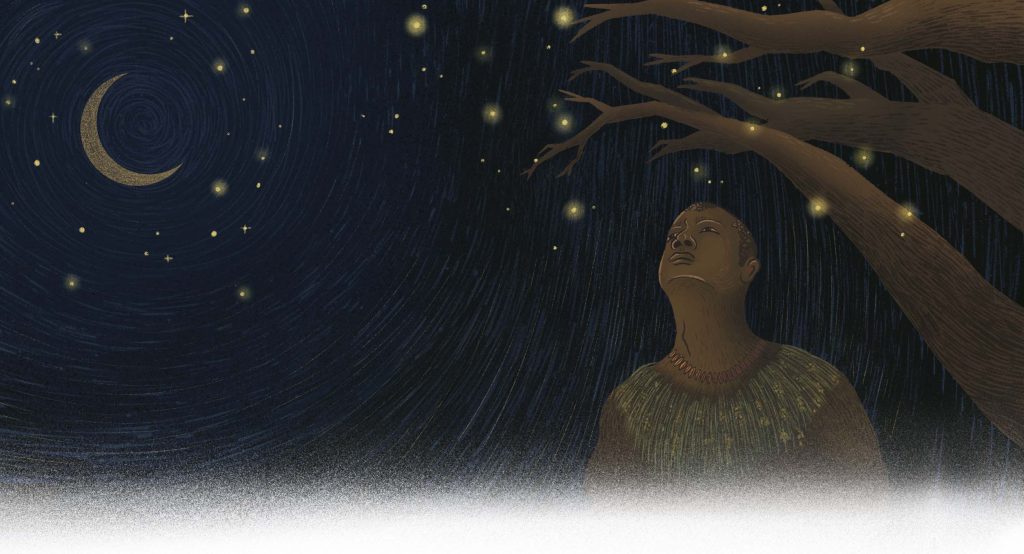Watching birds is an intensely absorbing and ancient activity. For instance, the tombs of the pharaohs of Egypt feature numerous paintings that could only have been painted by an earnest birder. Consider the chapel of Queen Itet: it is famous for its beautiful mural of three species collectively dubbed the ‘Meidum geese’. The mural dates back to 2575–2551 BC. Nevertheless, it is evident that some ancient artist clearly paid close attention to geese because the details are so accurate that contemporary scientists have been able to identify two out of the three species in the mural. One is the greylag goose Anser anser and the other is the greater white-fronted goose Anser albifrons. (The third does not match any species currently known to science and might well be a long-extinct one.)
In general, there were three common reasons why people watched birds earlier: to lure them into the cooking pot, to tame and add them to menageries, or to shoot and display them in personal or museum collections.
This changed in the 1600s due to the collaborative work of a pair of classmates from Cambridge—Francis Willughby and his mentor, John Ray. They built up an extensive collection of specimens, along with meticulous anatomical and field-based observations. After the former’s untimely death, Ray published their findings in 1678 under the generous title The ornithology of Francis Willughby of Middleton. The book was a path-breaking one because it presented systematic species descriptions. In addition, it contained a detailed classification system that laid the foundations of ornithology and inspired later scientists such as Georges Cuvier and Carl Linnaeus.
But birding as we know it today, i.e. observing birds in their natural habitat for recreational or scientific reasons, did not become a popular activity until the 1900s. In the United Kingdom, one of the pioneers of birding (I will resist early bird puns) was Harry Witherby, who from 1897 onwards, wrote a column titled ‘British Ornithological Notes’ for a magazine called Knowledge. Subsequently, in 1907, Witherby launched British Birds—an illustrated monthly journal that continues to be in print. He also went on to co-author The Handbook of British Birds in 1938, which enabled many a citizen to become an active observer of birds. Across the pond, in the United States, Edmund Selous is credited with having a similar impact with his book Bird Watching, which was published in 1901.
Selous wrote, “… the pleasure that belongs to observation and inference is, really, far greater than that which attends any kind of skill or dexterity, even when death and pain add their zest to the latter. […] Let anyone who has an eye and a brain (especially the latter), lay down the gun and take up the glasses for a week, a day, even for an hour, if he is lucky, and he will never wish to change back again.”
One could say that in this book, he made an eloquent case for watching birds and a sarcastic one for hunting them. (And therefore, managed to kill two birds with one stone?)
In the intervening decades, numerous others have written about birding, both as a simple hobby as well as a form of knowledge production that is enabled by certain configurations of class, gender, nationality, etc. For example, in Birders of Africa: History of a Network, Nancy Jacobs describes the colonial connections that enabled European ornithologists to take credit for ‘scientific documentation’ of birdlife, while the African guides and hunters on whose knowledge they heavily depended, often remained on the periphery as nameless ‘local informants’. However, one of the most hard-hitting accounts of how racial inequalities percolate birding is described in a short piece by Drew Lanham titled ‘9 rules for the black birdwatcher’. For instance, his rule number three is a terse “Don’t bird in a hoodie. Ever.”
If birding can provide such rich insights on social contestations of different periods, could fiction writers be far behind? There is, of course, Ian Fleming who famously named his Agent 007 after an ornithologist, James Bond, who studied Caribbean birds. Another old yet popular book is Carl Hiaasen’s Hoot, which describes the efforts of two middle schoolers who set out to save a colony of burrowing owls from a development project (their dedication to birds can be judged from the fact that the said project was the construction of a pancake house). But more recently, I came across a series by Steve Burrows which features a reclusive Canadian who is both a brilliant detective and birder. In the first novel, called A Siege of Bitterns, the clue that sets the detective on the right track is an apparent sighting of an American bittern in the marshes of Norfolk (UK). And lest you think this is a vagrant number, let me assure you that ornithological details continue to play a key role in the rest of this series (and contribute to beguiling titles such as A Foreboding of Petrels). The plots are also garnished with references to windmill farms, environmental activism, indigenous territories, carbon sequestration, eco-tourism, and all the other vectors that make conservation such a great pot-boiler of a topic.

The next book on my reading list is Stephen Alter’s Birdwatching, which despite the title is a work of fiction—the central figure is an American ornithologist who becomes a CIA agent and prowls along the Himalayas, collecting notes on birds and military intelligence (shades of Dillon Ripley spring to mind). However, I must admit the poets as always, capture the fascination and intensity of birding the best: “Among twenty snowy mountains,/The only moving thing/Was the eye of the blackbird.”
Further Reading
Birkhead, T. 2022. Birds and us: A 12,000-year history from cave art to conservation. USA: Princeton University Press.
Lanham, D. 2013. 9 rules for the black birdwatcher. Orion Magazine. https://orionmagazine.org/article/9-
rules-for-the-black-birdwatcher/. Accessed on January 15, 2023.
Stevens, W. 1954. Thirteen ways of looking at a blackbird. https://poets.org/poem/thirteen-ways-looking-blackbird. Accessed on January 15, 2023.






